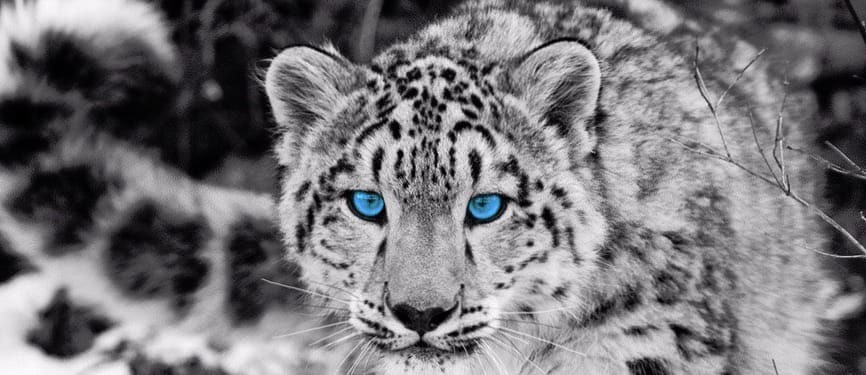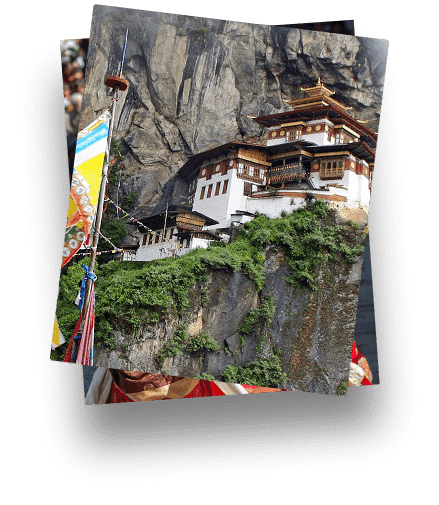You can contact us by e-mail or phone
from uk
01405 862917
outside uk
+44 1405 862917
01405 862917
+44 1405 862917
Climate Information
Bhutan

Climate Information
Bhutan
Essential Information
When To go
Generally speaking, the main tourist season for Nepal and Bhutan is mid-September to late May, thus avoiding the monsoon rains. However, certain areas, like Upper Mustang in Nepal, are protected from the monsoon by the Himalayas.
But, CLIMATE CHANGE IS REAL and the Himalayas are among the worst-affected areas in the world. Predictable weather patterns are no longer predictable, and what would once be considered unseasonal weather is becoming increasingly common.
Mountains are notorious for creating their own weather conditions, and needless to say, the Himalayas, being the highest on the planet, are no exception. Unpredictable and unseasonal weather should also be anticipated. Even in the main trekking season, thunder storms can appear suddenly anywhere in Nepal and then be gone before you know it. The climate, of course, plays an important part in your prefered holiday, and the 'best time' is dependable upon the type of holiday you are considering, what it is you are hoping to do, and where you are wanting to go (and how high up).
Whilst we can never predict the weather, we are always happy to advise as to what might be best, when, and where.
Bhutan
Nepal and Bhutan are near neighbours and are both Himalayan countries with climates pretty similar as they are influenced both by the mountains, have similar latitudes, and receive the annual monsoon.
So, not surprisingly, certain principles in Nepal, e.g., the higher you go, the colder it gets, apply.
Frequent visitors to Nepal who have visited there during the winter months and have spent time at lower elevations in balmy locations such as Pokhara are often surprised that in Bhutan it's much colder during the winter months. One of the reasons for this is that most travel in Bhutan is at higher altitudes. Even the lowest altitude treks in Bhutan often exceed 4,000 m, and even on these nighttime treks, temperatures can be sub-zero.
Generally speaking, for the treks that head deep into the Himalayas and reach very high elevations, Spring and Autumn are the best times. As well as being bitterly cold in the high Himalayas during winter, there is a known and increased risk that high passes may become snowbound. Although the rewards for trekking at this time are usually crystal-clear mountain views and very few other trekkers, We would advise against taking most high-altitude treks in Bhutan during the winter.
However, slightly lower-altitude treks are usually possible during the winter months. Just bring more warm clothing.
Bhutan is very much considered an all-year-round destination for cultural tours, family holidays, and all non-high-altitude visits. Again, Spring and Autumn are the most popular times, but also during the winter months, when it's often dry, bright, and clear for great Himalayan views. But do be prepared for chilly temperatures, particularly at night.
Bhutan experiences the monsoon during the summer months (approx. June–August), and while this is the warmest time in Bhutan, it is also naturally the wettest.

Read our Bhutan Travel Guide

All rights reserved. Snow Cat Travel is a Registered Trade Mark UK 00003289264
